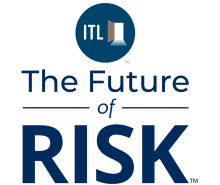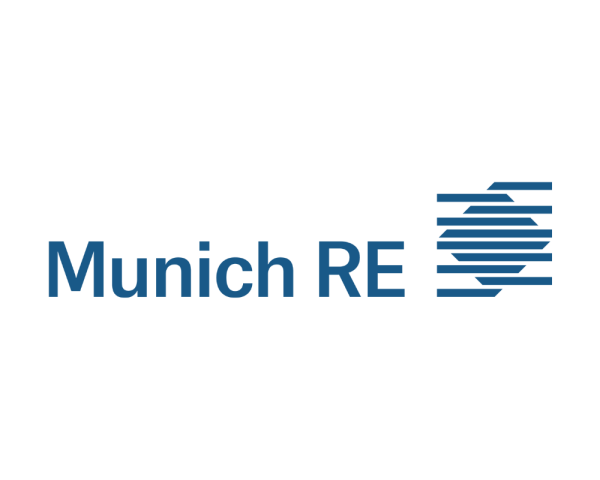The life insurance underwriting landscape is undergoing rapid transformation. Emerging data sources, advanced technologies, and a growing push toward automation are reshaping how risk is assessed. At the same time, medical breakthroughs in early detection, diagnosis, and treatment are improving health outcomes, while rising rates of obesity and diabetes introduce new challenges.
Our Q&A series explores this evolving environment, spotlighting the innovators driving change.
In this edition, we speak with Adnan Haque (AH), founder and team leader of alitheia, Munich Re’s rapid risk assessment and decisioning platform. Adnan leads a multidisciplinary team of data scientists, machine learning engineers, and underwriting specialists who are building cutting-edge tools to enhance both instant decisioning and human review. Their work is redefining what it means to “underwrite” life insurance.
What are some of the key market trends that excite you about where things might be headed?
AH: One of the trends I'm most optimistic about is the adoption of electronic health records, or EHRs. I believe EHRs accelerate two significant improvements in how we assess risk:
- Rely on data first, disclosures second. By prioritizing data over self-reported information, we minimize the risk of omissions and inaccuracies that can occur with disclosures.
- Increase automation rates without impacting mortality cost. EHRs will underpin the next significant increase in automation rates by providing readily accessible and standardized health information. This streamlines operations, reduces application-to-issue times, and enhances customer experience ̶ all without compromising our mortality assumptions.
Another trend I'm excited about is the rapid development happening in AI. It will impact every part of the insurance value chain, from how we engage with customers to how we manage claims.
What can we do as an industry to react to or stay ahead of these trends?
AH: Ensure you actively engage in evaluating new tools and data sources to understand their impact. Some of these pilots/proof of concepts can be done with very limited resources. I'd also recommend being thoughtful about where we choose to build versus partner. We should build where we can have a strategic competitive advantage, and it directly contributes to our core competency, or if we have very niche requirements. In most other scenarios, we should buy or partner.
What are some of the major challenges you see that the industry is facing or will face in the near term?
AH: Cybersecurity risk is a major challenge I see the industry facing over the near term. According to Security Magazine, a cyber-attack occurred every 39 seconds in 2023. As life insurers, we have a duty to protect the sensitive personal data that individuals entrust to us. At the same time, insurers’ core systems can be dated, sometimes as old as 50 years, and are less able to adequately protect that data.
Are there any blind spots that worry you in underwriting today or in the life insurance market in general?
AH: While we have many controls around misrepresentation, I've always worried the industry was a few blog posts away from a significant increase in misrepresentation rates. For example, a post with tips about gaming insurance applications could go viral, and third-party data would likely not catch every instance.
If so, what can we do to fix those blind spots?
AH: As data sources and our ability to leverage them improve, this risk will naturally be mitigated. In the interim, we should closely monitor our misrepresentation rates through post-issue audits and other tools.
What does it mean to you to “get the basics right” and why would that be important in underwriting and risk assessment?
AH: To me, getting the basics right means getting the right team together to address the problem at hand. Everything stems from people and how they come together to achieve a goal. As underwriting and risk assessment become increasingly multidisciplinary, it means having underwriters, actuaries, data scientists, and engineers all working in tandem. We’ve written about this topic in more detail here.
Munich Re’s Future of Underwriting Forum Q&A series explores the rapidly evolving risk assessment landscape with industry experts. View the full series here.
Sponsored by ITL Partner: Munich Re








